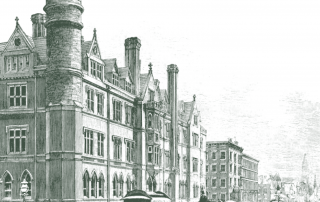How Federal Subsidies Shape Local Transit Choices
Jianling Li and
Martin Wachs
Suppose you're going to buy a new car that you’ll keep for ten years, and you've reduced the choices to two. The first has a price tag of $20,000 and an annual operating expense of $1,500, while the second costs $15,000 with annual operating costs of $1,800. If you were making an economically rational decision—all else being equal—the second car would be your least total-cost choice, since your total ten-year cost for the first would be $35,000 and for the second, $33,000. But if your rich uncle came along and offered to pay half of the initial purchase, your economically rational choice would change to the first one. Now your net cost for ten years would be $25,000 for the first and $25,500 for the second.

